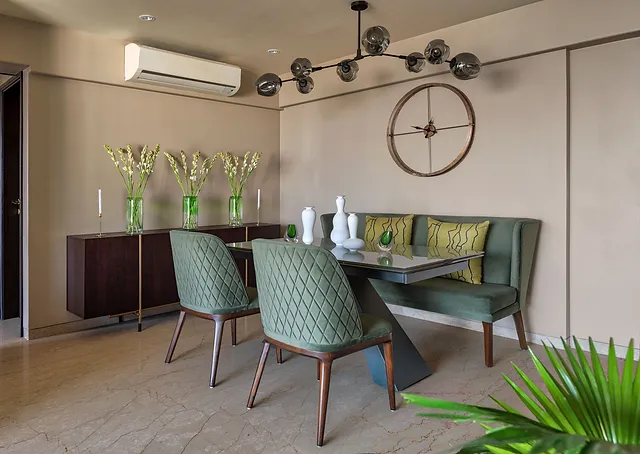Infuse Vibrancy and Warmth

Colors have an undeniable influence on our emotions and perceptions. They possess the power to transform a space from mundane to captivating, from dull to dynamic. When it comes to home decor, choosing the right colors can infuse vibrancy and warmth into your living space, creating an environment that resonates with your personality and style. Let’s delve into the world of color psychology and explore how you can play with hues to breathe life into your home.
Understanding Color Psychology
Color psychology is the study of how different colors affect human behavior, emotions, and mood. Each color has its own unique impact, and understanding these effects can help you make intentional choices when decorating your space.
Embracing Warm Colors
Warm colors like reds, oranges, and yellows are known for their ability to create a cozy and inviting atmosphere. They evoke feelings of warmth, energy, and enthusiasm. These hues are perfect for spaces where you want to encourage social interaction and create a sense of comfort.
Infusing Cool Serenity
Cool colors such as blues, greens, and purples exude calmness and tranquility. They can make a room feel more spacious and serene. Cool colors are often used in bedrooms and relaxation areas to promote a peaceful ambiance.
Harmonious Color Schemes
Creating a harmonious color scheme involves selecting colors that complement each other and create a balanced visual experience. One popular approach is the use of analogous colors, which are adjacent on the color wheel. These combinations create a seamless and pleasing transition between shades.
Accentuating with Pops of Color
If you’re hesitant about using bold colors throughout your space, consider incorporating them as accents. A vibrant throw pillow, a piece of artwork, or even a colorful vase can add a lively touch without overwhelming the room.
Consider Lighting and Proportions
Keep in mind that lighting can significantly impact how colors appear in a room. Natural light brings out the true essence of colors, while artificial lighting can alter their perception. Additionally, consider the proportions of each color in the room. A dominant color might need a neutral or complementary hue to balance it out.
Experimenting with Color Combinations
Don’t be afraid to experiment with different color combinations. Some popular choices include:
- Red and Gray: The contrast of bold red with subtle gray can create a sophisticated and visually striking space.
- Blue and White: The classic combination of blue and white brings a refreshing and timeless feel to any room.
- Green and Brown: These earthy tones work together to create a natural and calming environment.
The Power of Neutrals
Neutrals like whites, grays, and beiges act as a versatile backdrop for other colors. They can balance out bold hues and provide a sense of elegance and simplicity.







